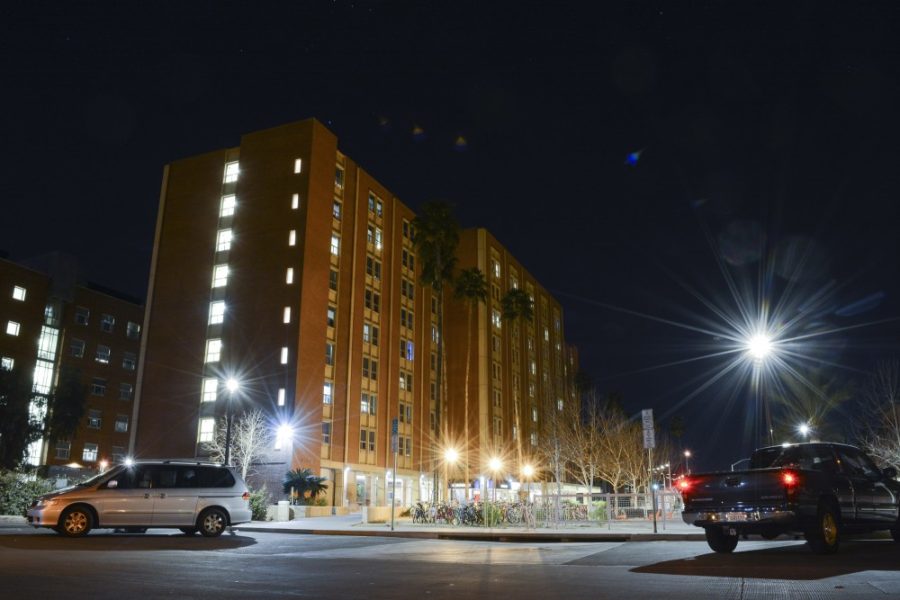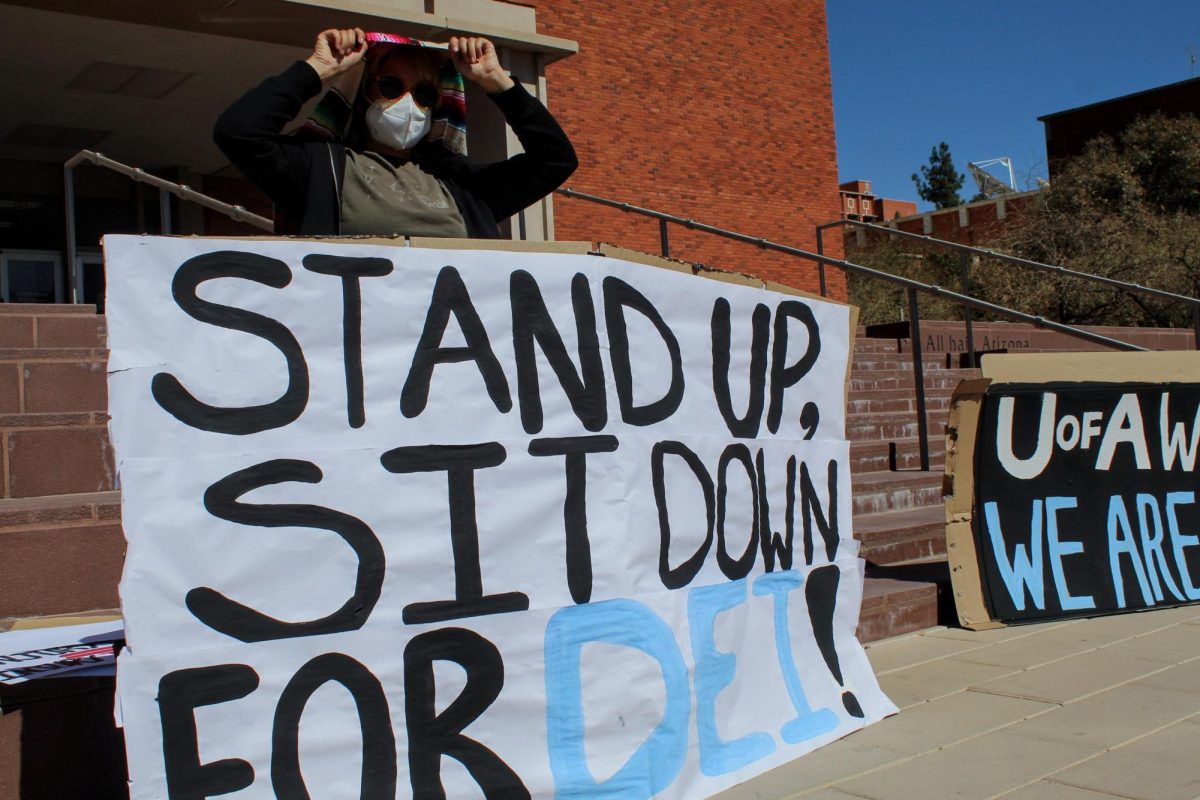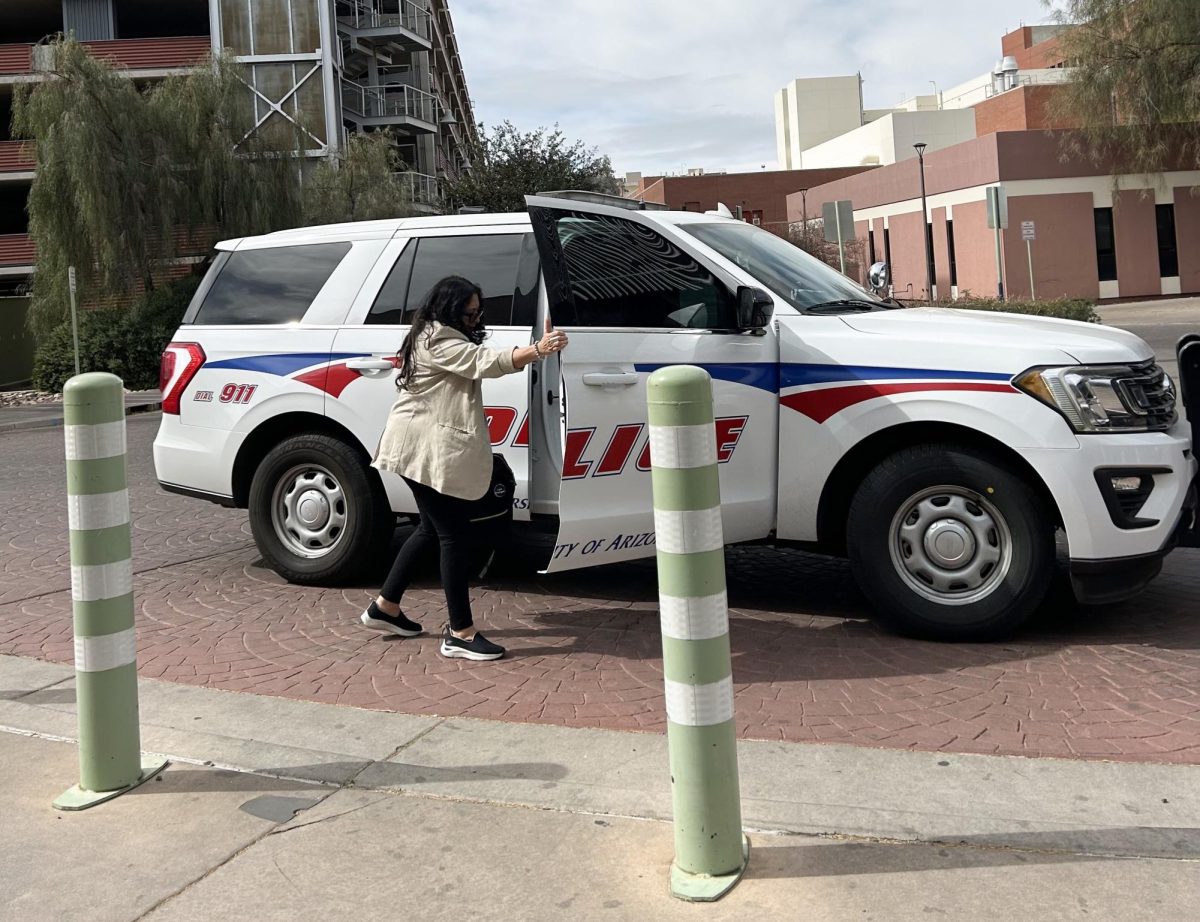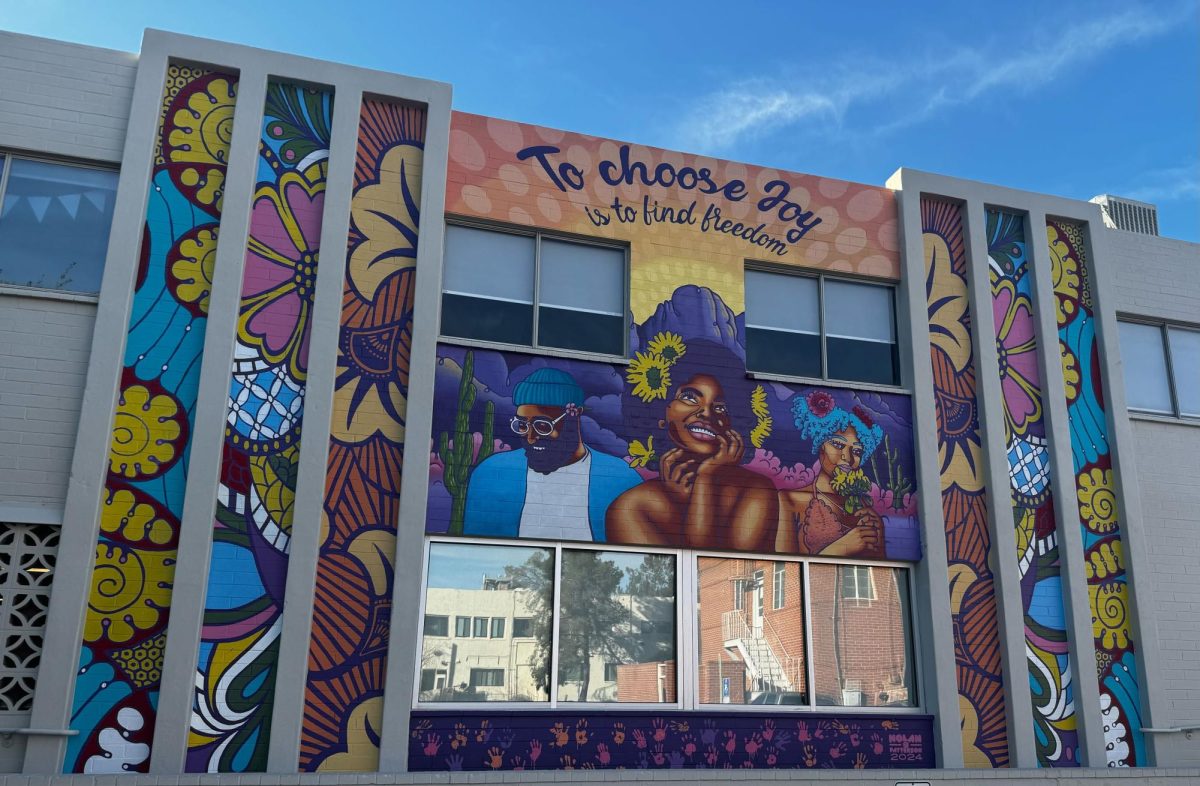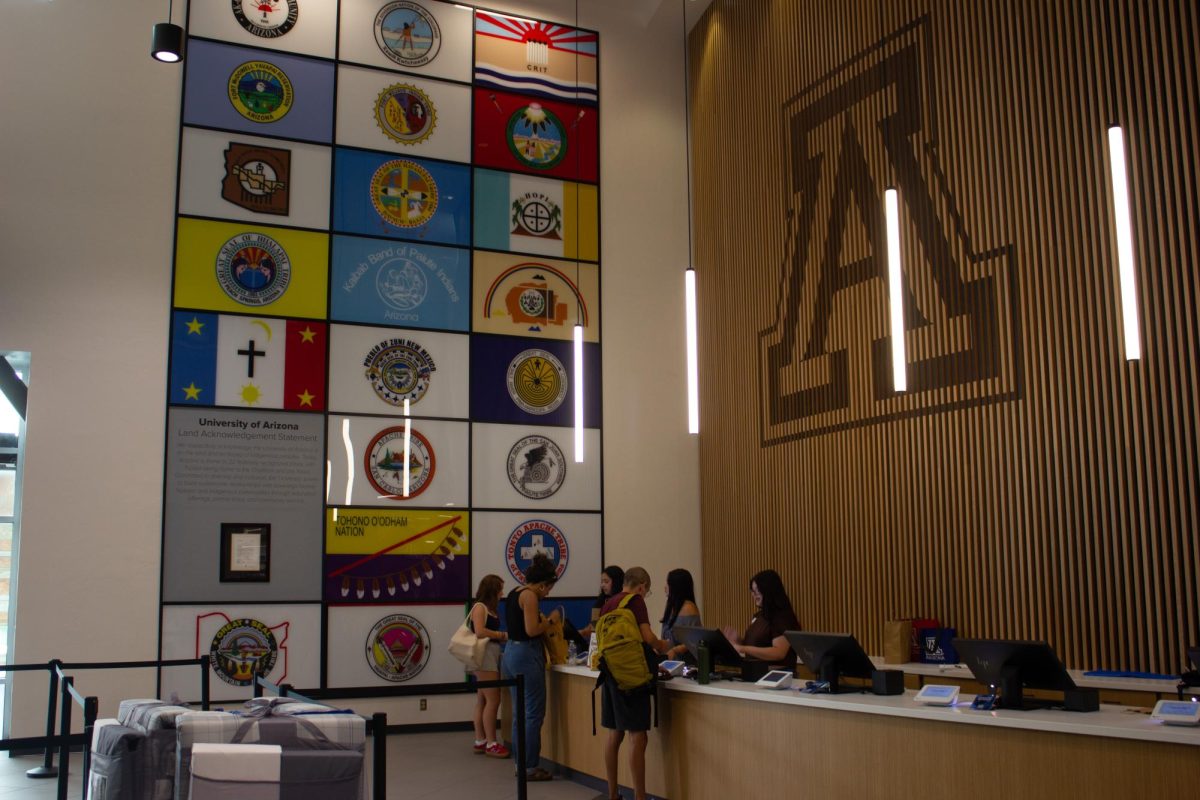While some faculty and community members say that there are no “party dorms” at the UA, data collected from police reports on the University of Arizona Police Department website seems to contradict that.
The data from UAPD only represents incidents in which UAPD was called, which means that drug and alcohol use in the UA residence halls is likely higher. The calls also do not distinguish whether someone lives in that residence hall. For example, someone from Yuma Residence Hall could be caught drinking in Pima Residence Hall and skew the data. Drug incidents are as common as alcohol incidents in most halls. According to the Campus Health Service’s 2014 Health and Wellness Survey, in which a random sample of 1,941 students were polled, 62.1 percent of reported drinking alcohol in the past 30 days, compared with 23.4 percent who reported using marijuana.
These numbers are similar to percentages reported by the 2014 National College Health Assessment (66 percent and 19.8 percent respectively). So why does drug use seem to be so much higher? It all depends on the reporting.
Resident assistants in residence halls are trained to only call UAPD for “major things,” according to Rosanna Curti, assistant director of student behavioral education at Residence Life. Residence Life considers the smell of marijuana, suspected drug distribution and physical violence to be “major things” for which to call UAPD. There is, however, one notable exception:
“Alcohol is the one exception,” Curti said. ”If a student doesn’t need to be transported to the hospital because of a concern for their body … then we just have our staff document it and deal with it.”
Resident assistant’s use a person’s physical appearance and behavior like slurred speech, stumbling and unconsciousness to determine if a person may need further help and whether to call UAPD for a further assessment, according to Curti. If an underage resident is spotted with alcohol, the RA is not instructed to call UAPD. Instead, the RA writes an incident report, which goes to the residence hall’s community director. This then leads to further disciplinary action.
Residence Life uses a number of tactics to curb unwanted behavior from its halls. Curti compiles the incidents into quarterly reports to track trends within halls. Residence Life also works closely with UAPD to have officers regularly visit each residence hall and, in the past, has used data from these incident reports to have officers visit certain residence halls more frequently.
“What’s challenging is that each hall forms its own unique identity based on the types students who live in it,” Curti said.
Coronado Residence Hall, which had the highest number of UAPD drug and alcohol incidents per resident in 2015, has been an ongoing project for Residence Life.
“Coronado has for many, many years, even when it was shutdown a year for renovation, has had this reputation as a social hall and has a high Greek [Life] population in general,” Curti said. ”A lot of the students who live there have said and have this idea that its a hall where its meant to be social and that identity takes over the building.”
Residence Life has tried to combat this by “trying to fuse more of an academic presence” into halls like Coronado, according to Curti.
Think Tank now has a tutoring center located in Coronado and Residence Life also provides living-learning communities in residence halls so that students are able to meet other students with shared interests. Curti does not believe that residence halls themselves are the source of the UAPD incidents.
“These students aren’t learning these behaviors in college,” Curti said. “They have come [to college] doing these behaviors from high school. Drinking, smoking, other drug use; this is not new territory for them. They bring those learned behaviors to the residence hall setting and the biggest difference is that we have a very structured environment.”
While Residence Life is trying to combat this problem by building communities within the residence halls, residents themselves are not seeing the effects.
“It’s just a crappy living situation honestly” said Paul Lips, a pre-physiology sophomore and Kaibab-Huachuca Residence Hall resident. “Our restrooms are disgusting, there’s mold in the showers; it’s just a gross place.”
Kaibab-Huachuca, which had the second highest UAPD drug and alcohol incidents per resident in 2015, experienced a jump in incidents from 2014-2015, according to UAPD data.
“It’s better than some of the dorms,” said Andrew Beltran, a medical sciences sophomore. “I mean the rooms are bigger than La Paz but its on the bottom end.”
Beltran is currently living in Kaibab-Huachuca and this is his second year in the dorm.
While Residence Life and its residents may differ in their opinions on the issue, Curti said she believes peer pressure is playing a large role in alcohol and drug usage in the residence halls. She hopes to make alcohol and drug use prevention an important theme for next year’s incoming residents.
“My hope is that at orientation this summer we focus more,” Curti said. ”We need to do it sooner rather than wait for them to get here”
Special thanks to Rebekah Sanders and Will Flannigan of the Arizona Republic and Kendal Blust of the UA School of Journalism for their help with the data.
Follow Patrick O’Connor on Twitter.



